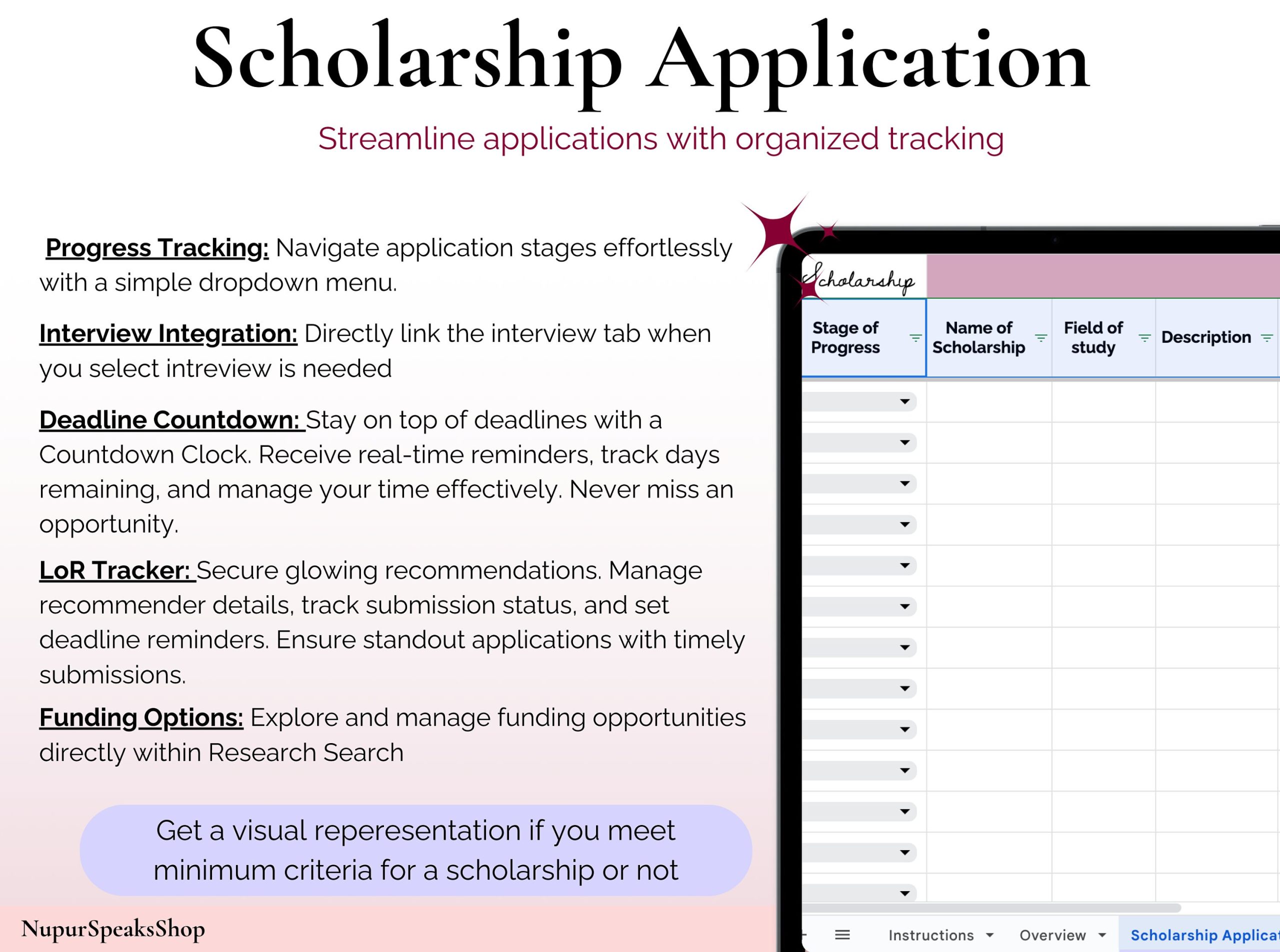Technical Aspects of Building the Tool
A robust scholarship calendar tool requires a solid foundation in database management. Relational databases, such as PostgreSQL or MySQL, are ideal for storing scholarship details, application deadlines, and user profiles. This structured approach facilitates efficient data retrieval and manipulation. A well-designed database schema is crucial for scalability and maintainability.
Programming Languages and Technologies
Several programming languages and technologies are suitable for developing such a tool. Python, with its extensive libraries like Django or Flask, is a popular choice for its versatility and ease of use in web development. JavaScript frameworks like React or Angular are excellent for creating dynamic user interfaces. Node.js, a JavaScript runtime environment, can enhance server-side performance and responsiveness.
Design Process for User Interface and User Experience
A user-centered design approach is paramount. This involves understanding the target audience’s needs, preferences, and technical proficiency. Usability testing is vital for identifying areas needing improvement in the user interface. Prioritizing clear visual hierarchy, intuitive navigation, and accessibility features is key to a positive user experience. User feedback should be actively sought and incorporated into subsequent iterations.
Development Process Overview
The development process follows an iterative approach, typically involving these stages:
- Requirement Gathering and Analysis: This phase involves understanding the specific needs of the target users and identifying the functionalities required in the scholarship calendar tool. Documentation and detailed specifications are essential.
- Design Phase: This involves designing the user interface, database schema, and overall architecture of the tool. Prototyping and wireframing are used to visualize the design and ensure it aligns with user needs.
- Development Phase: This is the core implementation phase, where the tool’s functionalities are coded using the chosen programming languages and technologies. Modular design is crucial for maintaining code organization and scalability.
- Testing Phase: Rigorous testing is conducted to identify and resolve bugs and ensure the tool functions as expected. Testing should cover various use cases, including edge cases and potential issues. User acceptance testing (UAT) is vital to gather feedback and ensure the tool meets user expectations.
- Deployment and Maintenance: The final version of the tool is deployed to a hosting environment. Ongoing maintenance, including bug fixes, updates, and performance optimizations, is crucial to ensure the tool remains functional and relevant.
Example Technologies
| Technology | Description |
|---|---|
| Python (Django/Flask) | High-level, general-purpose programming language. Popular web frameworks for rapid development. |
| JavaScript (React/Angular) | Front-end development language. JavaScript frameworks for building dynamic user interfaces. |
| PostgreSQL/MySQL | Relational database management systems (RDBMS) for storing and managing scholarship data. |
| Node.js | JavaScript runtime environment for server-side scripting. |
Trends and Future Directions
Scholarship calendar tools are rapidly evolving, mirroring the broader tech landscape. This evolution is driven by user needs, technological advancements, and the increasing complexity of the scholarship application process. The future promises tools that are not just organised, but also intelligent and deeply personalised.
Emerging Trends
The scholarship landscape is becoming increasingly competitive, demanding more sophisticated tools to navigate it. Tools are moving beyond basic scheduling to offer more holistic support. This includes integrated research capabilities, allowing users to find and filter scholarships based on specific criteria, such as field of study or location. Moreover, the integration of social media and networking functionalities within these platforms is becoming a significant trend, allowing users to connect with peers and mentors, fostering a community around scholarship pursuits.
AI-Powered Features
AI integration is poised to revolutionise scholarship calendar tools. AI can analyse user data, including past scholarship applications, academic performance, and extracurricular activities, to provide personalised recommendations for relevant scholarships. This proactive approach empowers users to target scholarships that align with their specific needs and circumstances. For example, an AI could predict the success rate of an applicant based on similar profiles, guiding users towards the most promising opportunities.
Furthermore, AI can automate the tedious task of researching and tracking scholarship deadlines, reducing the administrative burden for students.
